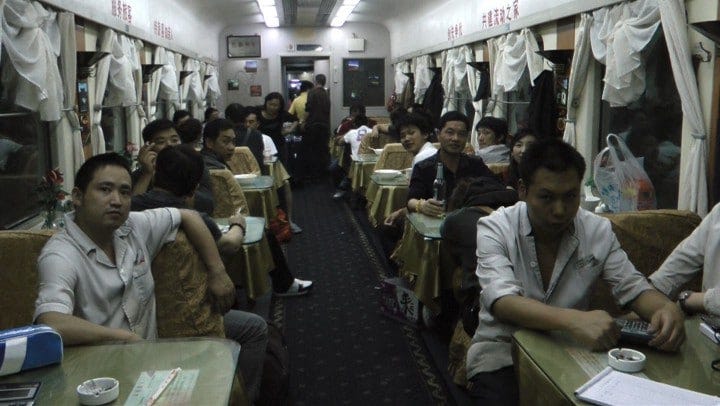Never mind all of the glitz and glamour of the gala screenings, New York Film Festival is a great place for documentaries. The Main Slate included two nonfiction features (down from last year’s five), alongside a rich and extensive Spotlight on Documentary program and a number of nonfiction works in the Convergence, Projections and Revivals sections. Th…
Keep reading with a 7-day free trial
Subscribe to Nonfics to keep reading this post and get 7 days of free access to the full post archives.



